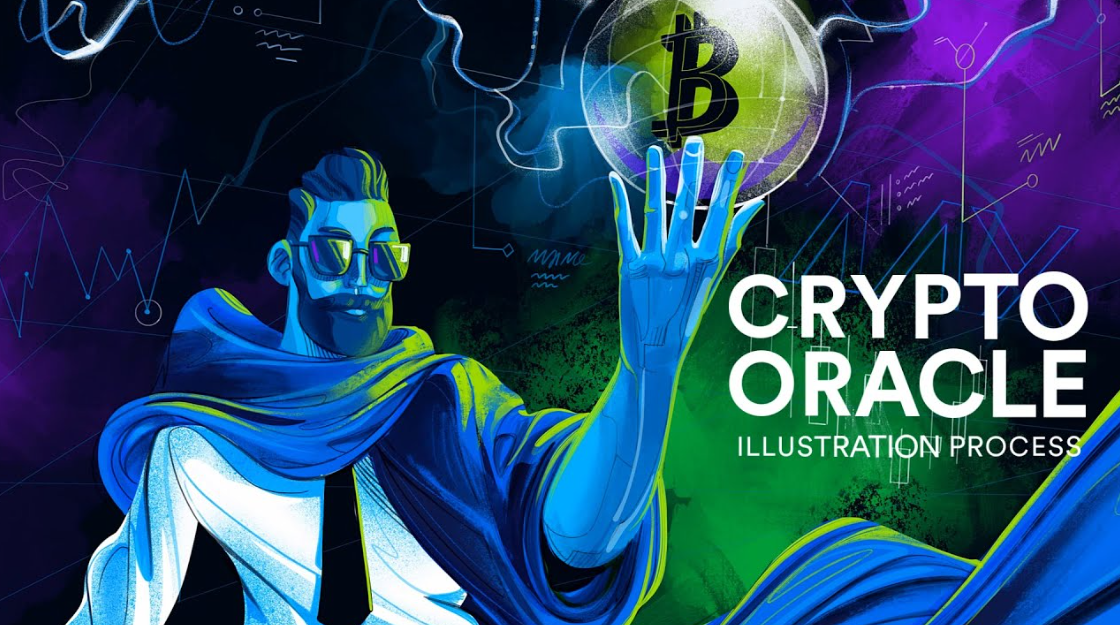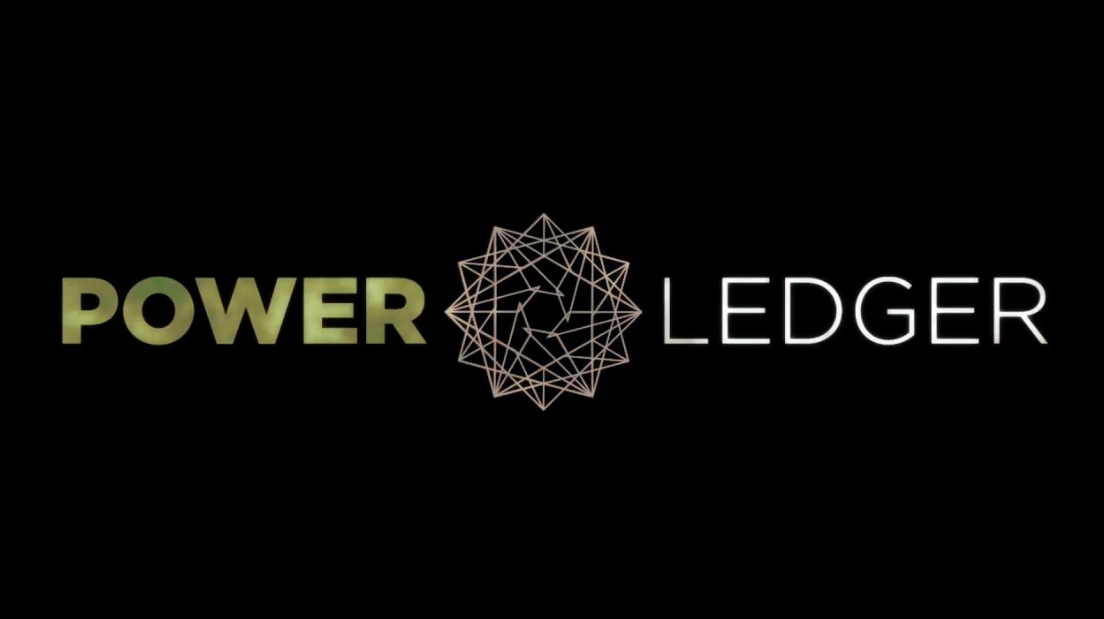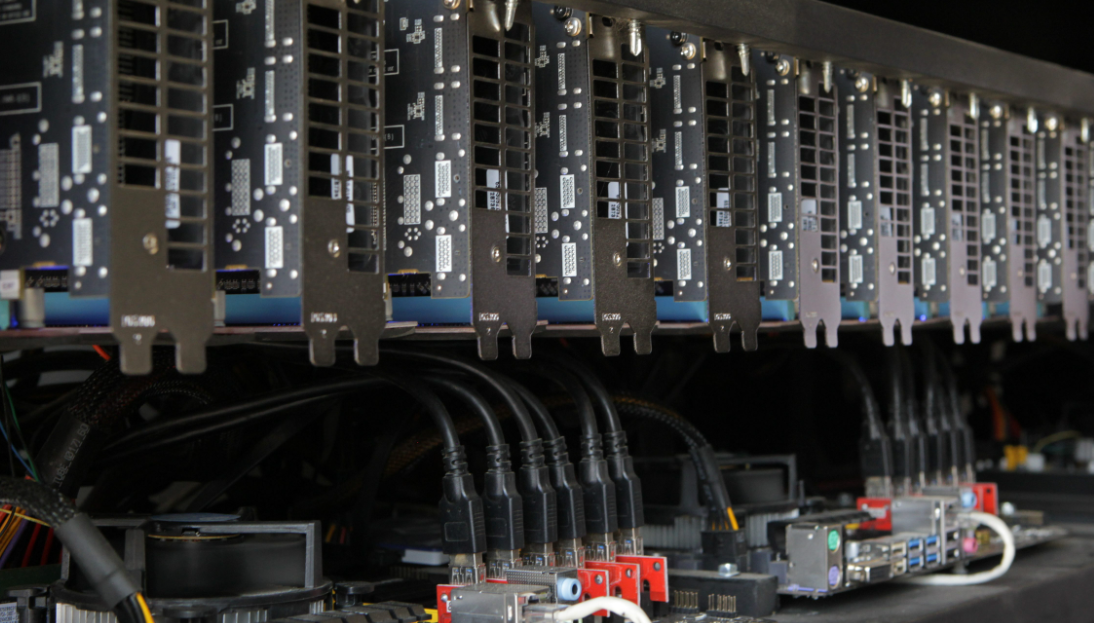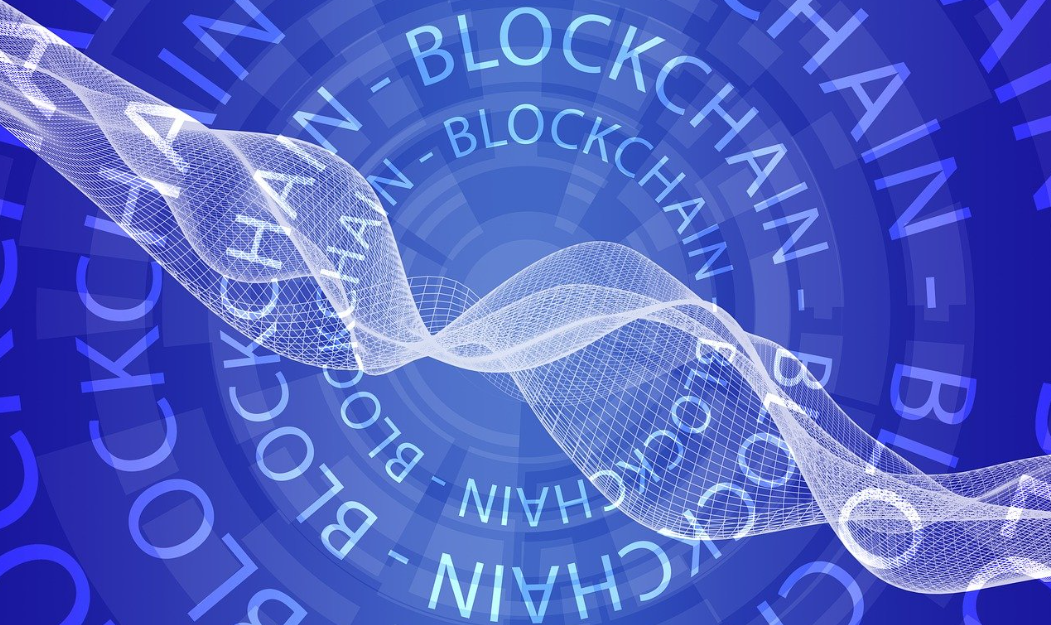What Are Crypto Oracles? Oracles are used by smart contract developers to build advanced decentralized applications. Their use cases are nearly infinite. They’re also used by decentralized finance ecosystems for access to financial data. For example, decentralized money markets use price oracles to determine users’ borrowing capacity and determine if their positions are undercollateralized. They’re also used by synthetic asset platforms to peg token values to the value of real-world assets. Automated market makers also use price oracles to concentrate liquidity.
Hardware oracles
Hardware crypto oracles are devices that are set up to receive and translate information from a blockchain. The devices use RFID sensors, barcode scanners, motion sensors, and thermometers to gather data and relay it to a blockchain. They can be used in smart contracts and other decentralized applications to translate real-world situations into digital ones. However, there are several drawbacks to using hardware oracles.
Most crypto oracles process digital information, but hardware oracles can also receive information from the real world. For example, a smart lock can be programmed to unlock when a cryptocurrency payment is received. A hardware oracle can be built to read environmental data and provide real-time data from sensors.
Hardware oracles have some advantages over software oracles. First, they rely on primary information sources and record it in a data format suitable for the blockchain. Hardware oracles can also be built into Internet of Things devices. The software oracles, on the other hand, use secondary data sources such as databases and websites. However, there is a trust issue with these oracles.
Hardware oracles may not work for your particular use case. Depending on your requirements, you may have to build an oracle from scratch. For example, if you need to validate a payment or trade, you can build a contract that specifically requires oracles. Alternatively, you could use a human oracle. In this case, your oracle can provide you with data that is not entirely trustworthy and can be corrupted.
The key to making blockchains useful in daily life is to manage both on-chain and off-chain data. Oracles can make the blockchain useful to you by connecting real-world information with blockchain activities. For example, outbound oracles can send data from real-world applications. On the other hand, inbound oracles can import data from real-world systems, such as asset prices and weather conditions, or proofs of successful payments.
Hardware oracles should be based on reliable and secure data sources. Moreover, they should be built with a back-up system and a fail-safe mechanism in case of a catastrophic event. These oracles can also be used in decentralized finance applications and centralized cryptocurrency exchanges.
Inbound oracles
A blockchain oracle is a type of blockchain-based service that can act as a third party to provide data. Depending on the application, these services can solve many common problems within different industries. One example is the insurance industry, which often suffers from data inequality, a situation in which one side of the transaction has more information than the other.
Inbound oracles receive information from off-chain sources and post it to the blockchain. The information that is posted on the blockchain is immutable. Both inbound and outbound oracles can be used for smart contracts. Outbound oracles are used for predictive analytics, while consensus-based oracles are used to monitor financial markets.
Both types of oracles can be useful for various industries. For instance, insurance firms can use input oracles to process smart contracts and validate insurable events. They can also provide access to APIs on the web, physical sensors, and legal data. In addition, oracles can be used to facilitate claim payouts across blockchain networks, as well as traditional payment channels.
Blockchain oracles can connect to the outside world and help smart contracts access data from the outside world. These services can help blockchain applications make payments, notify parties, and perform other functions that require data from the outside world. These services can be decentralized or centralized, depending on the requirements of the application.
Blockchain oracles are a core component of blockchain technology and are vital for a wide range of real-world applications. One popular use case is using cryptocurrency alongside real-world contracts, where an oracle acts as a bridge between the two. This bridge allows the oracle to confirm the information before it is sent on the blockchain, but it can also be a problem if the information it provides is not correct.
Another example of blockchain oracles is Chainlink DONs, which incorporate three layers of decentralization in a network. They reduce the risk of single point of failure and improve the reliability of data. While Chainlink DONs are not a one-stop-solution, Dragonchain and other blockchain technologies may consider interchaining with Chainlink to provide the highest degree of security.
Cross-chain oracles
The idea behind a cross-chain oracle is to use a decentralized blockchain to exchange information between blockchains. These oracles can be used for a variety of applications, including decentralized insurance, agriculture, and finance. For instance, they can help farmers receive automatic payments for reduced crop yields caused by drought.
While this may seem like a promising use case, it also has some drawbacks. One of the main challenges with decentralized oracles is that they are vulnerable to attacks. Attackers can compromise an off-chain server and inject arbitrary data to a blockchain, which could lead to disastrous consequences. As a result, it is important to implement an effective solution to avoid these potential problems.
The need for cross-chain oracles is a growing concern, with a growing number of blockchains and smart contracts. Without centralized oracles, institutions may not be able to participate in these high-demand networks. In addition, cross-chain oracles reduce development costs by reducing the time and effort required to integrate with each blockchain.
The other issue is how to ensure that oracles are independent and accurate. The oracle must be able to verify data before it is fed into smart contracts. Using cryptography is one way to ensure that the right person is accessing data. A cross-chain oracle may eventually replace the role of third-party arbiters.
Oracles are typically software applications that connect to blockchain networks. They operate on a blockchain by reading new blocks and triggering smart contract transactions with data. They can also use IoT sensors to collect data. For example, an IoT-connected tennis betting dApp may need to reference weather or climate conditions. In this case, an input oracle can fetch data from an off-chain repository and feed the blockchain application with information.
The benefits of using a cross-chain oracle are significant. For example, a blockchain may be able to access weather data, or an output oracle can send data to off-chain systems. The cross-chain oracle can be used to connect different blockchains, making it easier for smart contracts to exchange data and execute transactions.
Decentralized oracles
Decentralized crypto oracles use a decentralized mechanism to provide consensus for data and transactions. In this way, there is no single point of failure. They are similar to blockchains, which provide consensus for transactions and data in the real world. As a result, they offer similar security mechanisms.
The most prominent use for oracles is in financial services. They can be used to process financial transactions and provide off-chain information. For example, smart contracts can use oracles to supply weather data from Accuweather and Google Cloud. They can also power parametric insurance contracts.
A blockchain is useless without an oracle. These oracles help the network to interact with the outside world. Instead of relying on third-party databases, an oracle can access data from external sources and authenticate it before making it available on the blockchain. This enables smart contracts to operate with minimal human intervention.
Decentralized oracles are critical to the success of blockchain applications. They are a necessary component for building decentralized applications and democratizing institutions. However, the most important challenge to implement them is to ensure that the oracles don’t undermine the most important part of the revolution: the decentralization of data.
In addition to serving as a gateway to off-chain data, oracles also allow smart contracts to function in a secure and trusted way. Without oracles, blockchains would be akin to computers without an internet connection. Without these connections, they wouldn’t be useful to the outside community.



